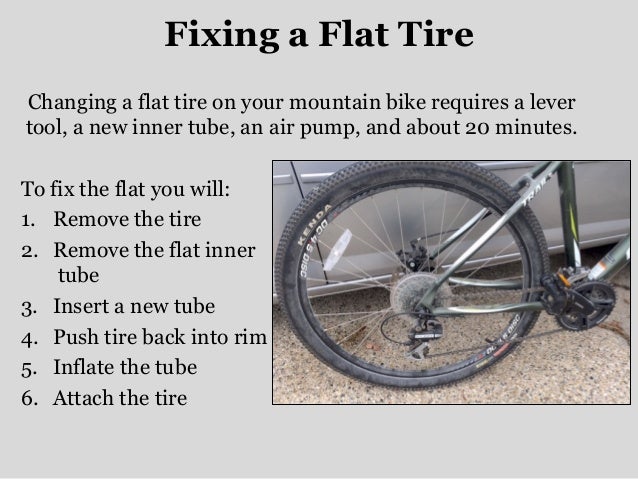Editor’s Note: This blog has been updated in 2021 to reflect current industry standards.
In older cars, every model came with a spare tire that matched the tires already on the vehicle. Over the years, car manufacturers have realized the spare tire is used so infrequently, it does not make much sense to equip every car with a full-sized spare. For this reason, manufacturers began leaving a space-saver spare (otherwise known as a donut) in place of a full-size spare.
Nowadays, spare tires should never be a permanent replacement, begging the question, how long can you really drive on a spare tire? The type of spare tire in your vehicle makes a difference in how long and how far you can drive before fixing your tire or buying a new tire.
These narrow, compact spares are designed to save space and weight in the vehicle, allowing the manufacturers to build a smaller car. However, the tire itself is not built to last. Your owner’s manual will give recommendations for driving time and speed. A general rule of thumb is to drive no farther than 70 miles and no faster than 50 miles per hour before replacing your donut with a new tire.
The biggest reason why you should avoid prolonged use of space-saver or donut tires is that they have little to no tread, making the spare vulnerable to road hazards and projectiles. It is also much smaller than the other 3 tires, making it spin faster to keep up with the moving car.
Run-flat tires are becoming more common as manufacturers realize they cost less to maintain than traditional tires. If you drive a recent model BMW or a MINI, your car likely came with run-flat tires. These tires are tougher than most tires but are not designed to last forever, such as a full-spare tire.
Rather than including a spare tire, these run-flat tires are built to withstand most road hazards, including punctures. Rather than going flat or blowing out (as traditional tires do), a run-flat tire can continue to drive after punctured for about 50 miles before needing to be replaced
. However, these tires cost more to replace than traditional tires.
Rather than going flat or blowing out (as traditional tires do), a run-flat tire can continue to drive after punctured for about 50 miles before needing to be replaced
. However, these tires cost more to replace than traditional tires.
While you have a bit more room to travel on these types of tires, it is important to inspect your tire as soon as you are aware of any change in tire pressure. This gives you an idea of how long you have until you have no choice but to have your tire replaced.
How Long Can You Drive on a Full-Size Spare Tire?
For years, cars were built with spare tire wells capable of carrying a full-size spare. On many older cars (and a few newer models), this is still the case. If you bought a truck, SUV, or another large vehicle, your car probably is equipped with a full-size spare. While a full-size spare is heavier and requires a larger space for storage, these tires are more durable and can handle a drive similar to a regular tire.
Once you have taken your vehicle to an auto repair shop and learned that the punctured tire is irreparable, you can request the spare tire to be put on the original rim. It is important to note that a full-size spare tire is usually not produced by the same manufacturer as the rest of the tires on your vehicle, meaning it will handle differently than the other tires. We suggest buying a new tire as soon as you can afford to, but this can easily buy you some time.
Christian Brothers Automotive was born out of the idea of not just being an auto repair shop, but also a neighbor. Our mission is simple: to take root in the local communities we serve and to create an uncommonly great experience for customers in need of auto service and repair. To have your tires inspected or to replace a spare tire, please do not hesitate to call or visit your local Christian Brothers Automotive shop. We have 240 plus locations nationwide that are locally owned and operated, providing complete auto care and repair solutions near you.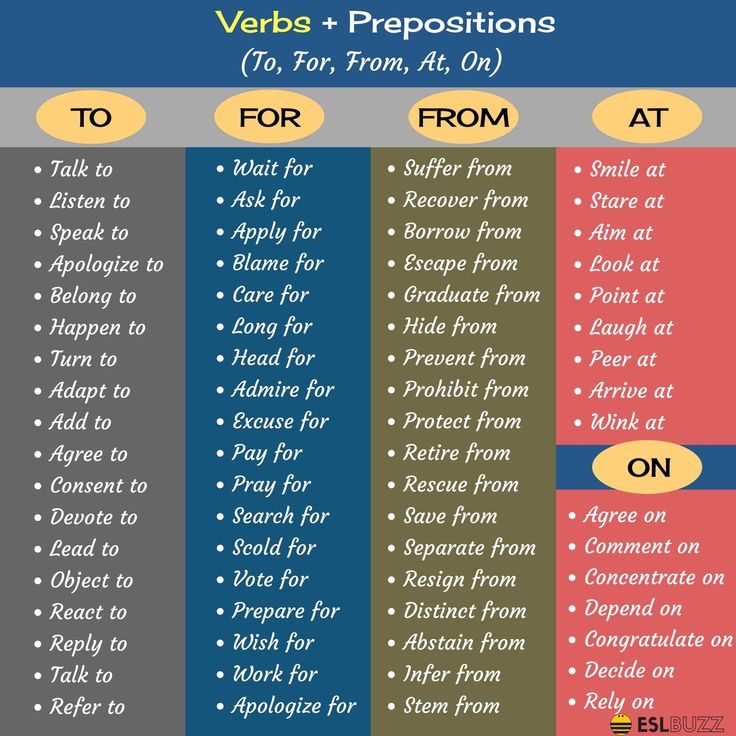
Run flat tires have emerged as a reliable option for people who don’t know how to change a tire or would prefer to avoid it altogether for reasons of convenience or safety.
Although they’ve been around for decades, owners still have several questions on their reliability in an emergency. We’ve gone ahead and answered them here.
Run flat tires have been observed to last for around 17,000 miles (27,359 km), or 6,000 miles (9,656 km) less than conventional tires. Additionally, when a run flat tire gets a puncture, you can drive it for as far as 50 miles at 50mph under normal conditions provided that sudden motions like sharp turns or hard braking are avoided.
If you’re looking to learn more about how many miles you can get from run flat tires, how reliable they are in an emergency, how often they need to be replaced, their pros and cons, and more, keep reading!
Independent consumer-oriented research organization Consumer Reports found in 2013 that run flats had a far lower average tread life than conventional tires.
At about 16,560 versus 22,560 miles, they have to be replaced significantly more often.
This question is often asked with relation to how far one can go on a punctured run flat, and most major manufacturers put the distance at 50 miles under optimal conditions such as vehicle weight, their position on the vehicle, ambient temperature, etc.
They also recommend that you drive at 50mph to ensure you get the most you can out of the punctured tire.
This makes them a suitable option for people who don’t know how to change tires or would like to get rid of a spare to create additional storage space within their vehicle.
Before they were available for everyday vehicles, run flats were made for military and armored vehicles to avoid immobilization that would put them at a disadvantage when dealing with bad-faith actors.
For this reason, they’re recommended for people that would use them along lonely freeways, at night, or other similar situations so they’re not stranded and vulnerable.
Overall, yes they do. In 2012, Bridgestone and BMW settled a class-action lawsuit that was raised in response to their run flat tires being less durable than was expected.
Honda and Michelin also settled a similar suit in 2009 over the tires in certain models of the Honda Odyssey and Acura RL.
These cases were over misleading marketing and while that has gotten better over the years, the tires still drag behind the conventional ones in terms of durability, discussed below.
A run flat can be replaced after they sustain a puncture, but it’s generally recommended that you shouldn’t.
Their internals consist of either a self-supporting or support ring system, and both are more complex than normal tires.
If a run flat gets a puncture, experts recommend a complete replacement rather than repair as its structural integrity will often not hold up too well after it’s been compromised the first time.
Other factors that necessitate replacement include the loss of rigidity and uneven wear that could make the tire more unstable and susceptible to future incidents.
Manufacturers recommend that you should not try to repair a run flat that has sustained damage from a nail, instead directing you to replace the whole thing.
This is because, as stated above, they are made with more components than traditional tires so it would be difficult to determine whether the nail inflicted more internal damage than assumed.
Like traditional tires, it is possible to replace a single run flat tire with wear or damage.
In most cases, it would cost more and be harder to find one that’s compatible with the rest of the set for reasons discussed further below.
If you’ve gone through the previous section and have decided to bite the bullet and switch over to traditional tires, the good news is that you can!
Today, they’re more common on certain models of BMW, Mini and Mercedes-Benz, all popular enough that it would be easy to find a compatible set of wheels from your local auto shop.
You would need to seek the advice of a professional to make sure that you’re getting the right fit for your vehicle depending on size, intended use, etc.
Most manufacturers that ship vehicles with run flats installed usually do this to free up the space that would have gone to having a spare, something that’s most evident with Minis, so if you switch over, you should have a solid alternative plan in case of a puncture.
Learn how to change a tire and find a way to fit a spare somewhere on the car, even if it isn’t a full-size one – just something that gets the job done.
Otherwise, You could also have a reliable towing service on hand, especially for when you’re driving through less populated areas or at night.
Toyota and Dunlop settled a suit regarding the run flat tires they used on some 2004 and 2005 all-wheel drive Siennas. The suit alleged that the tires started wearing after as little as 9,000 miles (about 14,500 km).
BMW owners of models such as the X5, 550, 535i, and more have reported getting anywhere from 20,000 miles to as high as 50,000 miles from their run flat tires.
Pirelli says that after a puncture, their run flat tires could go for at least another 50 miles at a maximum speed of 50 mph.
Continental advertises their self-supporting run flat tires as able to last an additional 80km at 80 km/h and providing an additional 80 liters (21 gallons) of trunk space.
Mini Cooper enthusiasts have estimated that considering factors such as the weight of the car, a Mini with a punctured run flat tire could go an additional 100 miles at 50 mph.
Mercedes Benz specialists place the vehicles’ run flat tires at 50 miles at speeds of up to 50 mph.
Bridgestone says that their run flat tires can provide the driver with 50 more miles at a maximum speed of 50 mph.
Michelin’s Zero Pressure brand of tires use run flat technology that provides 50 miles at 50 mph in the event of a puncture.
Goodyear uses its Run On Flat or Extended Mobility Technology (EMT) to manufacture run flat tires that last for an extra 50 miles at 50 mph when punctured.
Run flat tires are good for people who aren’t too skilled with changing tires on their own, but their adoption has stagnated at 15% over the past few years due to some pretty significant tradeoffs that go beyond the shorter life span mentioned earlier in this article.
For starters, due to their low market penetration, they’re harder to come by as they’re not stocked as widely, making them a less attractive option for use outside of large metropolitan areas.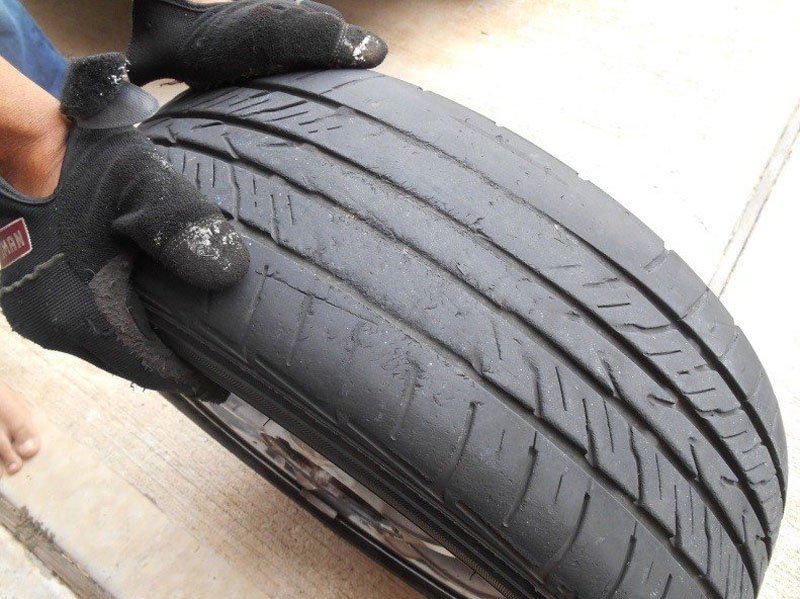
This means that while they may get you to the nearest service station, you could end up waiting longer than usual to find a replacement, let alone one that fits your vehicle.
They’re also more expensive than conventional tires. Prices and estimates vary greatly depending on where you’re looking, but they’re always the costlier option, with a price tag that averages out within the mid hundreds.
As stated above, replacing the whole tire is recommended over repair when an issue arises so that definitely drives up the overall cost of owning them compared to the traditional variants.
Their construction means that they’re heavier and interfere with the smoothness of the ride and gas mileage. Their rigid side walls also mean that they’re not as good at absorbing shock, resulting in a rougher ride.
Detecting an issue with the tires could also be a problem, since they rely on onboard monitoring systems and you can’t tell if a tire needs fixing just from how the car handles as is the case with conventional tires.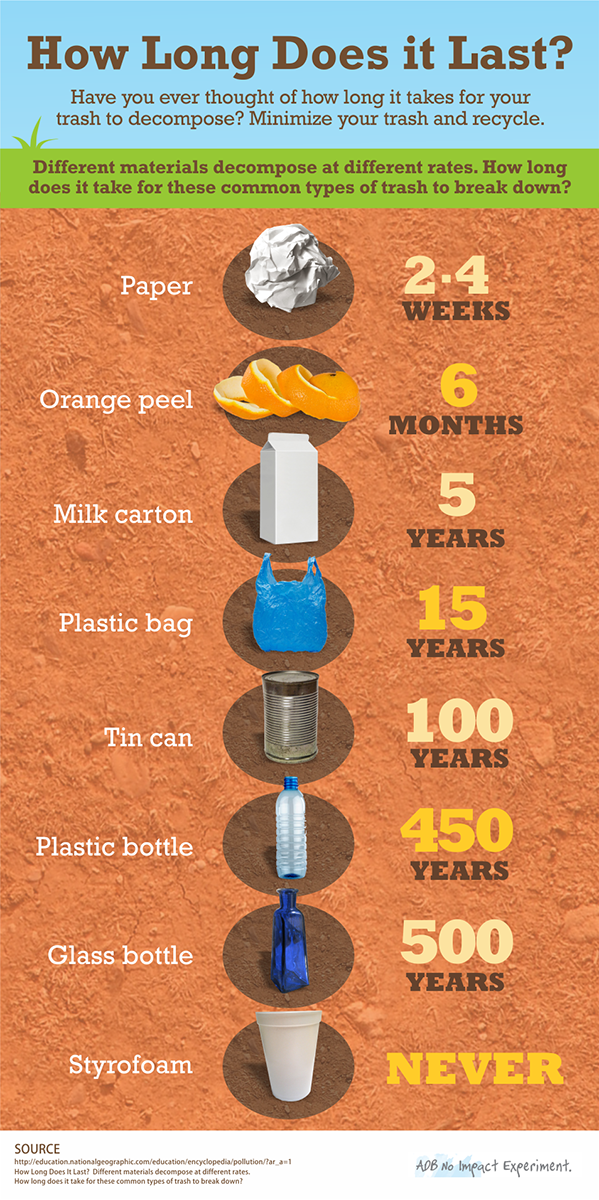
They’re hooked up to your car’s tire pressure monitoring system (TPMS) and if that should fail for whatever reason, you have virtually no way of knowing that something’s wrong until it’s too late.
To know more about flat tires, you can also read our posts on how common are flat tires, flat spots on tires, and blown-out tires.
Run flat tires are definitely an invention for convenience that allow a driver an additional 50 miles after a puncture to get themselves to help or safety.
However, they come with limitations such as higher costs, severely limited repair options and a much shorter life span.
Depending on your preference, they can serve their intended purpose with care and attention, but replacement with traditional tires is also possible if desired.
90,000 here are you yourself (and you can’t) - the magazine for the wheel ofLADA
UAZ
KIA
Hyundai
Renault
Toyota
Volkswagen
Skoda
Nissan
BM -Benz
Mitsubishi
Mazda
Ford
All brands
Most often, we ourselves are to blame for the fact that tires become unusable. But this can be avoided.
But this can be avoided.
Related materials
You have never seen such tires: even the police were surprised
In the process of using a tire, a variety of damages can occur, most of which are the fault of the driver. As a result, rubber is wasted, and since the law prohibits the use of different tire models on the same axle, you have to spend money on replacing the second tire.
The most common damage is puncture . This is the most harmless type of damage, but only if you notice it in time and repair it right away. It is absolutely impossible to drive on a flat tire, even a couple of meters! The damage caused by running on a flat tire or with low pressure is catastrophic. This causes the sidewalls to deform more than they should, which causes the tire to overheat, delaminate, and the carcass becomes unusable due to broken cords. As a result, the tire will have to be thrown away. In addition, the edge of the rim can also be damaged.
Punctures are of two types: with and without cord damage. To determine this, it is necessary to remove what pierced it. If the edges of the puncture tightly converge, then the cord is not damaged and it will be possible to repair the tire without removing it from the disk. Otherwise, if the edges do not converge, you will have to disassemble the wheel and make repairs with strengthening the frame from the inside. Alternatively, in the field and in the absence of a spare wheel, such a puncture can be repaired without removing the tire from the rim, after which you can carefully drive to a tire fitting or garage and make a full repair.
Related materials
Is it possible to pump up a wheel without a compressor - the experiment "Behind the wheel"
When repairing, the puncture site should be cleaned and marked. Further, it all depends on what kind of repair kit you have - as a rule, instructions are attached to them. There are sealants that are poured into the tire through the nipple, after which the wheel turns with the puncture down and the substance seals the hole. Repair using a tourniquet or insert is somewhat more complicated, but also more durable: the edges of the hole are polished with a special tool, after which the tourniquet treated with a special compound must be inserted into the tire through a puncture with a special awl, pulled out (not completely) out and cut flush with the surface.
Repair using a tourniquet or insert is somewhat more complicated, but also more durable: the edges of the hole are polished with a special tool, after which the tourniquet treated with a special compound must be inserted into the tire through a puncture with a special awl, pulled out (not completely) out and cut flush with the surface.
In case of damage to the cord due to a puncture, the tire must be removed from the rim in order to install a reinforced patch with an additional cord on its inner surface. One of the sides of such patches has an adhesive layer that promotes cold vulcanization. After such a repair, wheel balancing will be required. To seal punctures from the inside, patches in the form of a mushroom are also used, with a leg that goes into the puncture. Such patches are also covered with a special adhesive for cold vulcanization.
Cuts or holes , unlike punctures, are not repairable, as they violate the integrity of the frame, which can no longer be strengthened. In addition, breakdowns are always sudden and occur on the go: the tire abruptly loses pressure and before the car comes to a complete stop it has time to make several revolutions “on the rims”, which breaks the cord and destroys the layers. It is not recommended to use such a weakened tire, even if it was possible to repair and strengthen the place of the rupture or cut, in the future.
In addition, breakdowns are always sudden and occur on the go: the tire abruptly loses pressure and before the car comes to a complete stop it has time to make several revolutions “on the rims”, which breaks the cord and destroys the layers. It is not recommended to use such a weakened tire, even if it was possible to repair and strengthen the place of the rupture or cut, in the future.
Related materials
8 tire storage rules - do you follow them all?
Incorrect storage of tires can cause cracks . The danger of such damage is that moisture enters the cord through cracks, which renders the frame unusable. In addition, air can escape through cracks. Unfortunately, cracks are not repairable, and tires with them will not last long: sooner or later they will deform, become covered with swellings due to rusted and torn cord or because of driving with pressure below the recommended one.
Blisters or bulges can appear on a tire for a variety of reasons - it always happens due to a broken cord or delamination in the carcass. In the first case, an obstacle was hit and the impact broke the cord or the cord was cut through with a sharp object. In the second case, there is no damage on or near the hernia, which means that it appeared either due to a factory defect, or due to frequent driving with pressure below the recommended one. The danger of hernias is that they can explode at any moment and provoke a skid, which will lead to an accident. If there is nothing to replace a tire with a hernia, then it is better to rearrange it to the rear axle and drive very carefully. Like cracks, a hernia cannot be repaired. Sometimes small blisters resulting from impacts or cuts are reinforced with reinforced patches, but there is no guarantee that the tire will not explode. Therefore, tires with hernias are recommended to be replaced immediately.
In the first case, an obstacle was hit and the impact broke the cord or the cord was cut through with a sharp object. In the second case, there is no damage on or near the hernia, which means that it appeared either due to a factory defect, or due to frequent driving with pressure below the recommended one. The danger of hernias is that they can explode at any moment and provoke a skid, which will lead to an accident. If there is nothing to replace a tire with a hernia, then it is better to rearrange it to the rear axle and drive very carefully. Like cracks, a hernia cannot be repaired. Sometimes small blisters resulting from impacts or cuts are reinforced with reinforced patches, but there is no guarantee that the tire will not explode. Therefore, tires with hernias are recommended to be replaced immediately.
Related materials
Tire blackening - 6 ways to polish. Inexpensive!
Tire sidewalls can be damaged by rubbing against curbs or the asphalt edge when pulling over.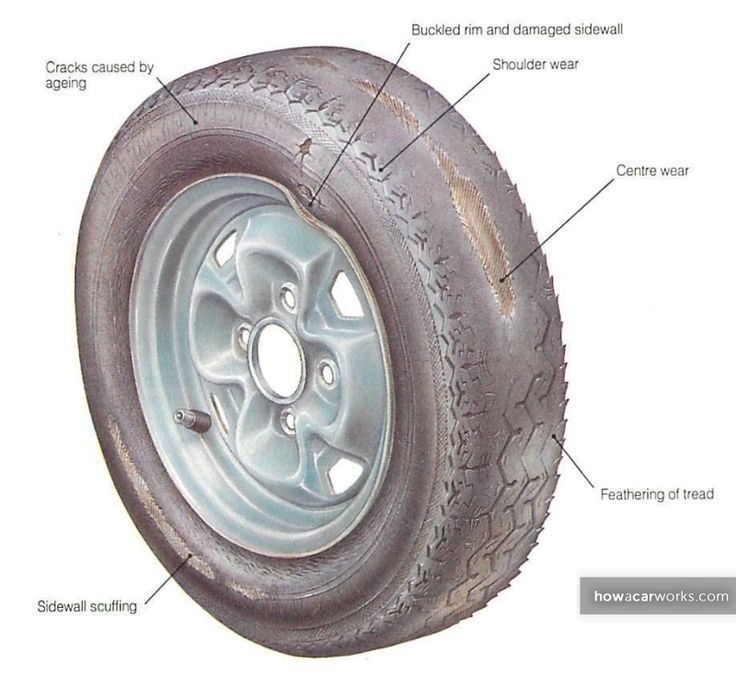 If you are prone to such a driving style, then it is recommended to inspect the inner and outer sidewalls from time to time and, if abrasion is found, swap the wheels in order to prevent the cord from being exposed - the rubber thickness on the sidewalls is small (1.5–3 mm), and it can be rubbed to the frame very quickly.
If you are prone to such a driving style, then it is recommended to inspect the inner and outer sidewalls from time to time and, if abrasion is found, swap the wheels in order to prevent the cord from being exposed - the rubber thickness on the sidewalls is small (1.5–3 mm), and it can be rubbed to the frame very quickly.
Often the cause of tire damage can be poor-quality tire fitting , during which the bead ring was damaged. In this case, the tire loses its geometry and “sits” crookedly on the disk - it writes out “eights” during rotation, and lateral vibration appears during the ride. It is impossible to repair such a tire - you need to replace it with a serviceable one as soon as possible before it damages the suspension: rods, hubs and bearings.
You can find out whether you are using tires correctly and what invisible damage they have received by the characteristic wear of the tread, the varieties of which are collected in the table for convenience:
Double side shoulder wear
Driving with lower than recommended tire pressure.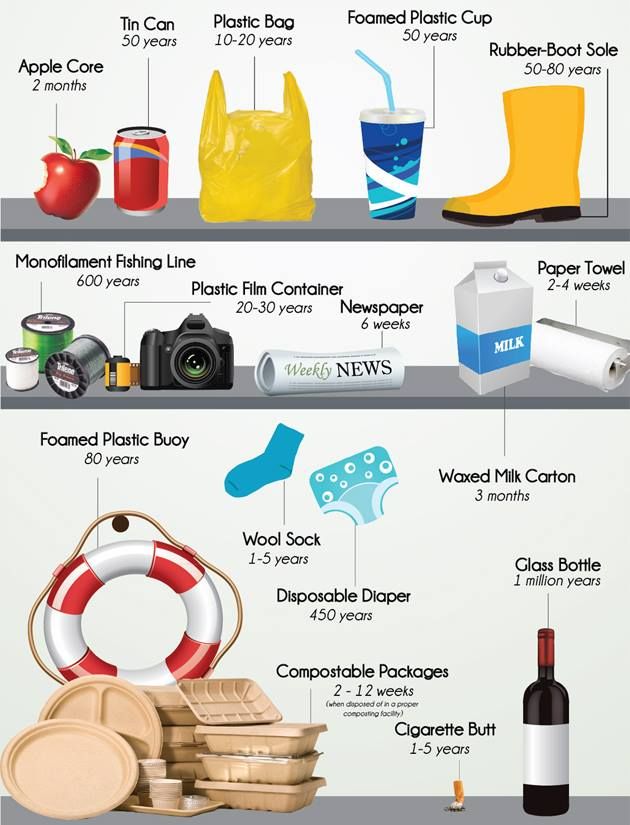
Inflate the tires to the pressure recommended by the automaker (a plate with recommendations is attached in the driver's door opening) and find the cause of the fall: puncture, cracks, hernia, nipple, rust on the disc rim in the place where the tire fits, etc.
Center wear
Tire pressure too high.
Reduce the pressure to the recommended (indicated on the tablet in the driver's doorway)
In the form of rings and furrows
can be found on trailers or rear wheels of pickups and vans due to vibrations and vibrations and vibrations due to vibrations and vibrations bouncing at high speeds.
Changing wheels on a loaded axle to equalize wear, driving with a heavier load.
Chipped wear with cuts
Frequent wheel spin on rocky surfaces.
Move the wheels to a non-driving axle, use the gas pedal more carefully when starting to move.
Photo: Petr Urbanek / Unsplash
Our new video
Peugeot from Iran: to take or not? Video
4 cool features of Moskvich 3: blitz test of the first serial crossover
Geely Tugella: just look!
Did you like the note? Subscribe and you will always be in the know!
Driving on Yandex.Zen
News smi2.ru
contents
Tire manufacturers recommend discarding tires that are more than 10 years old from the date of manufacture and during that time tires that are considered new can be mounted without problems. The second factor is storage.
Properly stored, the tire will remain in optimum condition for up to 6 years after the date of manufacture, according to the manufacturer's statement and general recommendation, it can be sold and used unconditionally as a new product.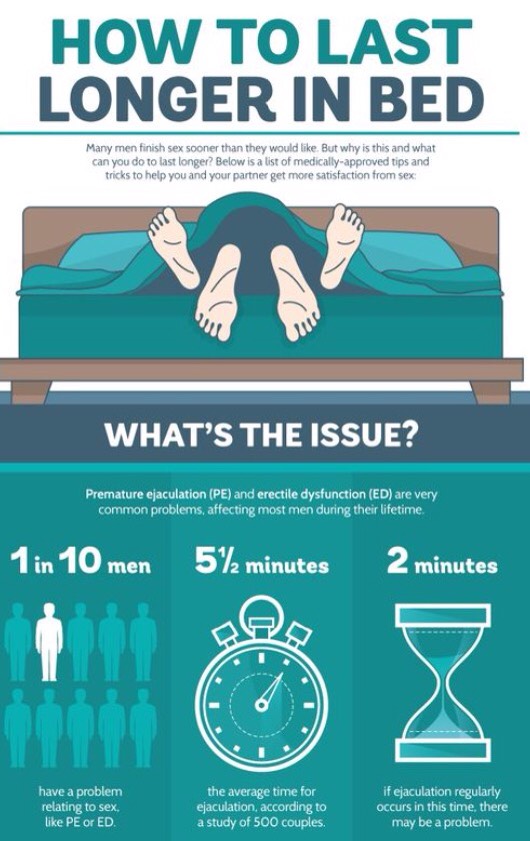
It's simple, you just have to look at the information it offers on the side of the tire. This is the ellipse that surrounds the 4 on car tires, on motorcycles it usually doesn't have this eclipse but comes after DOT which offers this information.
Causes of aging The danger of an old tire is that it can cause the tape to separate, i.e. to tear and break. Most often, failure occurs when the tread and steel belt separate from the rest (see box "Tire Components").
Tires do have a series of numbers on the side of the tread that indicate when they were made.
Ten years maximum
If tires have not yet been replaced after 10 years from date of manufacture, Michelin recommends replacing them with new tires as a precaution. Even if they appear to be usable and not worn down to the tread wear indicator.
Even if they appear to be usable and not worn down to the tread wear indicator.
Tire life really depends on a combination of variables, but it is recommended to change tires after driving between 10,000 and 50,000 kilometers. Here are some of the factors that can shorten the life of your tire: Physical factors.
Below the required 1.6 mm, a tire rolling on a wet road at 90 km/h almost completely loses contact with the asphalt, in which case the car loses control.
B, cars: EUR 1.33 per item. C, vans, 4x4s and SUVs: €4 per item. D, heavy trucks: 4 euros per unit. E2.32, special vehicles with tires weighing between 11.15 and 1 kg: €0 per unit.
Statistics in Europe show an average duration that in drivers with a normal driving style ranges from 25 to 50. 000 km, with peaks that can reach 75.000 km in those who practice more relaxed driving.
000 km, with peaks that can reach 75.000 km in those who practice more relaxed driving.
The Department of Transportation (DOT) mark is the identification number for your tire. It's like a birth certificate for your tire. It lists the factory where your tire was made, as well as the week and year it was made.
Finally, we have the letter W. This corresponds to the speed index and tells us the maximum speed at which the tire has been certified and that it can carry the maximum load without risk. This index goes from A (lowest) to Y (highest), with one exception: H is between U and V.
In principle, they can be stored by placing them on top of each other. However, stack no more than four tires.
When wheels are not balanced, they can cause unpleasant vibrations while driving.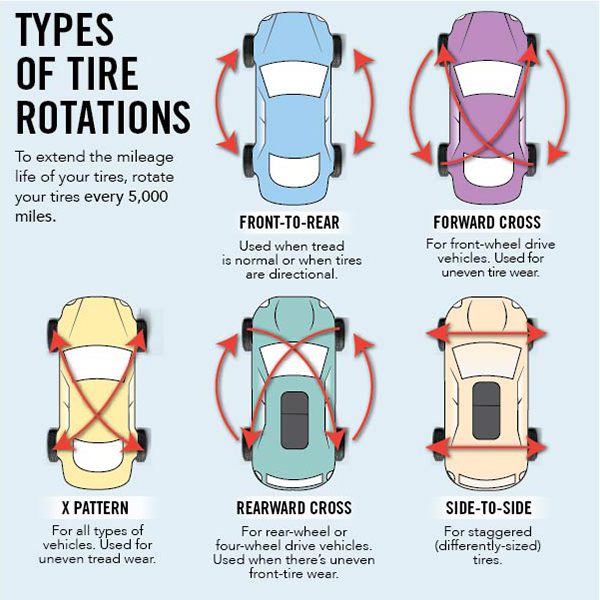 They also lead to premature wear of suspension and steering components, rotating parts and tires.
They also lead to premature wear of suspension and steering components, rotating parts and tires.
Top 10 tire brands on the market
The best thing in these cases is to put the vulcanized patch inside, a quick and safe repair, that is, in a workshop, that after a while the tires can lose air and be damaged, of course that ...
The presence of a lump or egg in the tire is a clear sign that the inner layers have suffered irreparable damage, it is the inner part of the tire, the radial structure that has undergone a rupture. The tire is supported by air or nitrogen pressure (better than the latter).
Customers or buyers of tires for recycling
Piatt buys tires for recycling - 10 metric tons per month. Tmacs buys tires for recycling - 180 pieces, every two months. Gomar buys tires for recycling - 400 pieces, only once. Gocan buys tires for recycling - 15 pieces per year.
Ten Common Uses for Recycled Tires
Typically, such tires last between 25.000 and 35.000 kilometers on the front axle and 50.000 kilometers on the rear.
DOT is short for Department of Transportation and is found on the sidewall of a tire. The DOT symbol and the numbers and letters on it let you know where and when the tire was made.
DOT (Department of Transport, or USDOT) is the federal department of the US government responsible for transportation (Department of Transportation). It was established in 1966 and began operation on April 1, 1967. It is regulated by the US Department of Transportation.
Ply Rating or number of plies
Ply Rating determines the tire's load capacity in terms of ply. The number of layers originally referred to the number of layers of cotton used to reinforce the carcass of the tire.
This will be the width expressed in millimeters. Thus, tire 195 will have the same number of millimeters in width. The next data will come in the form of a letter and with almost one hundred percent probability it will be "R". This means that the tire is radial, the technology has been used for over 50 years.
Thus, tire 195 will have the same number of millimeters in width. The next data will come in the form of a letter and with almost one hundred percent probability it will be "R". This means that the tire is radial, the technology has been used for over 50 years.
Store should be at stable room temperature, ideally between 15 and 25 degrees. They must be stored on pallets or other structures that exclude direct contact with the ground and, therefore, with moisture.
Low tire pressure also affects the vehicle's behavior when cornering. In cases where the front wheels are flat, the car tends to understeer; that is, it cannot maintain the desired trajectory and tends to lose the line outward.
They are used to balance the rotation of the tires, for example: if you stick a small piece of rubber on a fan blade from those used at home, you will see that when it starts it starts to vibrate scandalously, because piece of chewing gum, it will unbalance it, putting more stress on one of the blades, making it. ..
..
Tire balancing is recommended twice a year. It's not a definite science though, as every vehicle is different. Therefore, we recommend that you consult the manufacturer's manual to find out the estimated time for this.
If you need to change wheels before fitting new ones, you must change the tires that are on your vehicle. First of all, you will need to change the tires on the rear axle to the tires on the front axle and put new tires on the rear axle.
Always new tires
In general, tires on the front axle are less affected than tires on the rear because they carry more weight because they have an engine, and this helps them, according to pure physics, to be more stable. position. strong contact with the road.
The age of your tire is printed on the sidewall. Look for the "DOT" marking. The last four digits indicate the date your tire was manufactured. The first two digits of these four indicate the week of the year in which they were made (from week "01" to "53").
Look for the "DOT" marking. The last four digits indicate the date your tire was manufactured. The first two digits of these four indicate the week of the year in which they were made (from week "01" to "53").
The tire has a useful life when it is not subject to wear, that is, the time and kilometers it travels without reaching the legal tread depth limit of 1.6 mm. As a rule, some tires have a lifespan of 40.000 to 50.000 km if they are of good quality.
When to change tires
For example, in a conventional passenger car in a compact segment, weighing 1.200 kg, with front-wheel drive and mixed road-urban operation at a normal pace, the front tires are usually changed every 40.000 km and the rear tires every 60.000 km.
When it is important to check the tire pressure: Every 4500 km to keep the car running properly and therefore more fuel efficient.